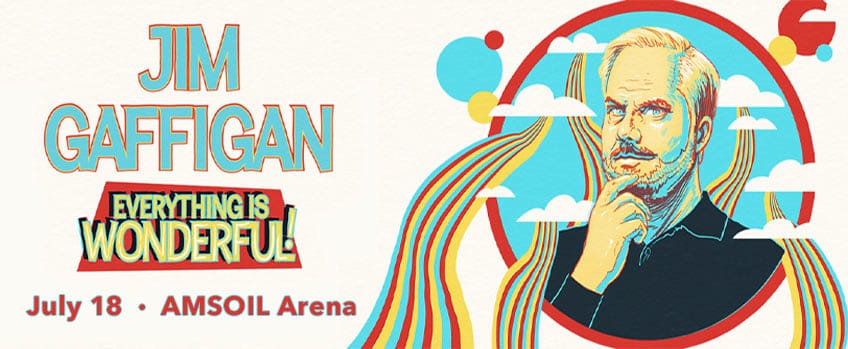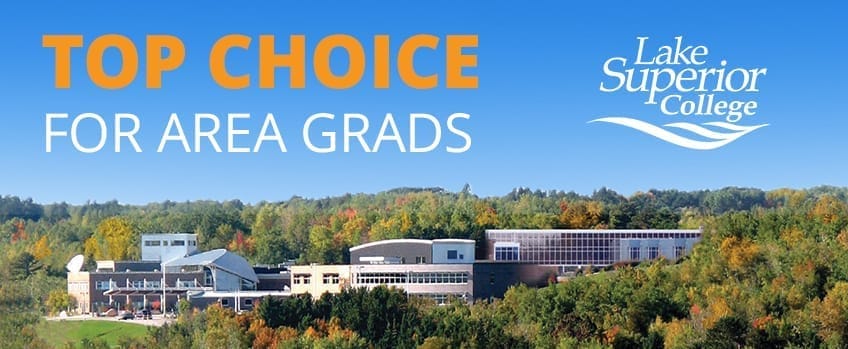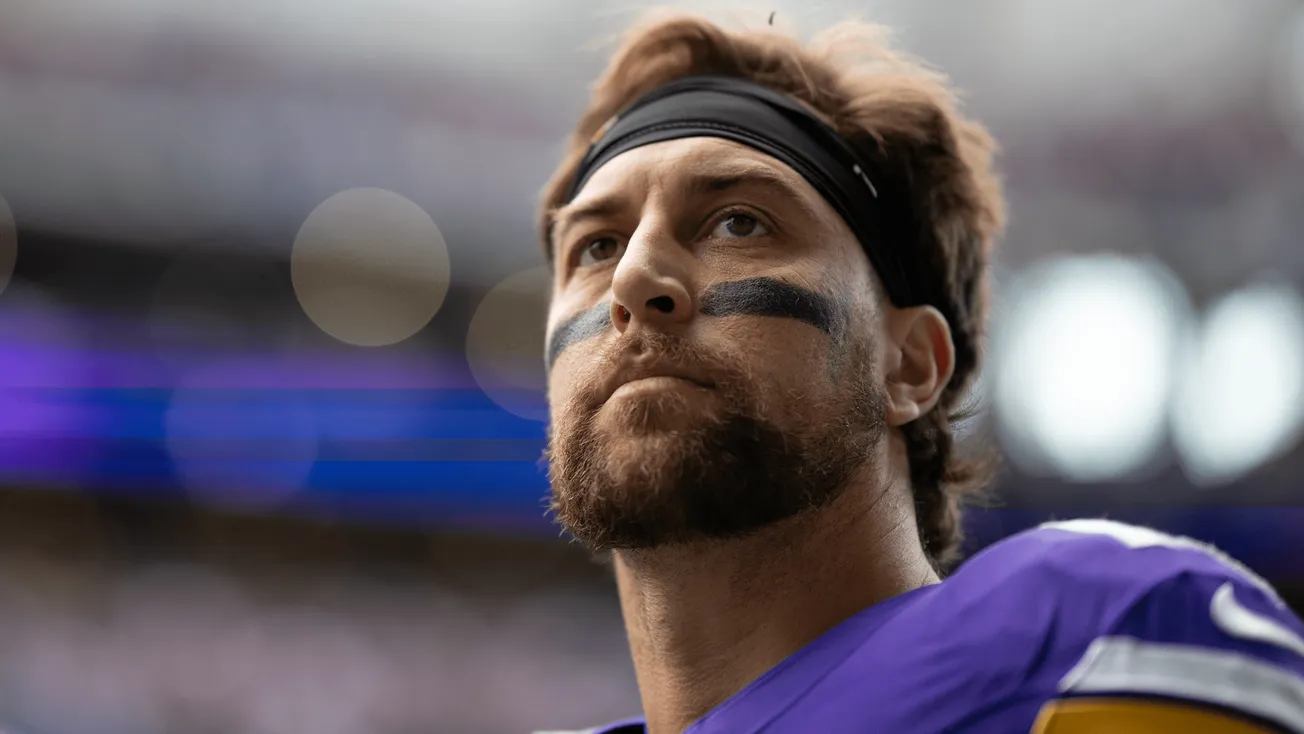Minnesota Duluth men’s hockey doesn’t just fill seats — it fills a city with purpose each winter. As the puck drops on the 2025–26 season, the Bulldogs enter a defining moment. After three uncharacteristically harsh years on the ice, the pieces are finally in place for a turnaround worthy of the program’s proud history.
From its home on the edge of Lake Superior to the hometown rinks of Hermantown, the Bulldog culture is rooted in blue-collar pride, relentless effort and a commitment to doing things the right way. This season, that culture is more important than ever.
Sandelin’s Legacy, Still Leading
There’s no better man to guide the program back to glory than Scott Sandelin, who enters his 26th season behind the bench in Duluth. The numbers already speak for themselves: three national titles (2011, 2018, 2019), four straight Frozen Fours from 2017 to 2020, and a reputation for turning under-the-radar recruits into NHL regulars.
Sandelin doesn’t panic. He doesn’t chase headlines in the transfer portal. He recruits the right players, coaches them hard, and trusts his system. That philosophy has weathered storms before—and 2025–26 feels like another moment to watch it bear fruit.

The Foundation: Hermantown to UMD to the NHL
Duluth’s hockey heart beats strongest in nearby Hermantown, a high school powerhouse that has quietly built one of the most dependable pipelines in college hockey.
Just ask Neal Pionk and Dylan Samberg—two proud Hermantown grads who thrived under Sandelin before earning top-four defensive spots in the NHL for the Winnipeg Jets. Pionk, a puck-moving, hard-hitting veteran, has become one of Winnipeg’s core players. Samberg is right behind him, both in age and NHL experience.
Ty Hanson is next in line. A smooth-skating sophomore defenseman, Hanson had 14 points as a freshman and logged big minutes in all situations. His trajectory—Hermantown to USHL stardom to key NCAA contributor—mirrors those before him. And behind him, more are coming.
Sophomore brothers Max and Zam Plante, rink rats also from Hermantown, bring elite skill and pedigree. Their presence signals that UMD’s future isn’t just built through transfers or NHL Draft picks—it’s being raised 20 minutes away.

Who’s New? And Why It Matters
To compete in the NCHC, you need more than history. You need depth. This offseason, UMD reloaded.
- Ashton Dahms, a freshman from Lakeville, lit up the NAHL and produced 24 points in the USHL. A goal-scorer with wheels, Dahms could quickly become a top-six scoring threat.
- Ryan Zaremba, a crafty centerman from Saskatchewan, adds versatility and scoring touch after a productive USHL season.
- Daniel Shlaine, a big-bodied Russian forward, brings size and international experience to the middle of the ice.
- Transfers Kyler Kovich (Cornell), Kyle Gaffney (Alaska), and Scout Truman (UMass Lowell) bring college-tested grit and maturity to balance out the youth.
With around 11 new skaters replacing a mix of graduated seniors and portal exits, this is the most balanced roster Sandelin has built in years—fusing experience, upside and the trademark Bulldog work ethic.

AMSOIL Arena: Still the Crown Jewel of Bulldog Country
There’s no venue in the NCHC quite like AMSOIL Arena. It’s not the biggest. It’s not the flashiest. But it’s home—and it’s built like Duluth itself.
Sitting steps from the water in Canal Park, AMSOIL opened in 2010 with 6,756 seats and a fan-first design: open concourses, great sightlines, and high-decibel acoustics. It’s where big games feel bigger—like the 7,711-strong crowd that rocked the roof against North Dakota in 2020.
Even in down years, the Bulldog faithful have shown up. UMD averaged 5,668 fans per game last season—down from the 6,400s of Frozen Four years, yes, but still top-10 nationally. In a college hockey landscape where some programs play to half-empty rinks, that loyalty means something.

Context: Where UMD Stands in the NCHC
Let’s be honest—this is still the best conference in college hockey. North Dakota sells out 11,600 seats every night. Denver is defending a national title. St. Cloud, Omaha, and Western Michigan aren’t far behind.
But UMD, even during its struggles, is never far from contention.
While some schools filled their rosters through the transfer portal, Sandelin took a scalpel, not a sledgehammer. His staff focused on high-character kids and culture fits—players who want to wear the Bulldogs’ sweater and grind for it. That patience could pay off big by midseason.

The Bottom Line
This won’t be a flashy team. It will be a Bulldog team.
You’ll see it in blocked shots, disciplined backchecks and second-effort goals. You’ll hear it in the echo of sticks clapping against the boards during practice. You’ll feel it when 6,000 fans rise for a third-period penalty kill.
The question isn’t whether Minnesota Duluth can return to prominence. The question is whether you’ll be there when it happens.
Because this isn’t just about hockey. It’s about Duluth. It’s about pride. And it’s about to get loud again.

